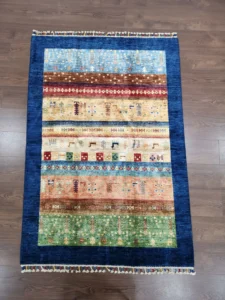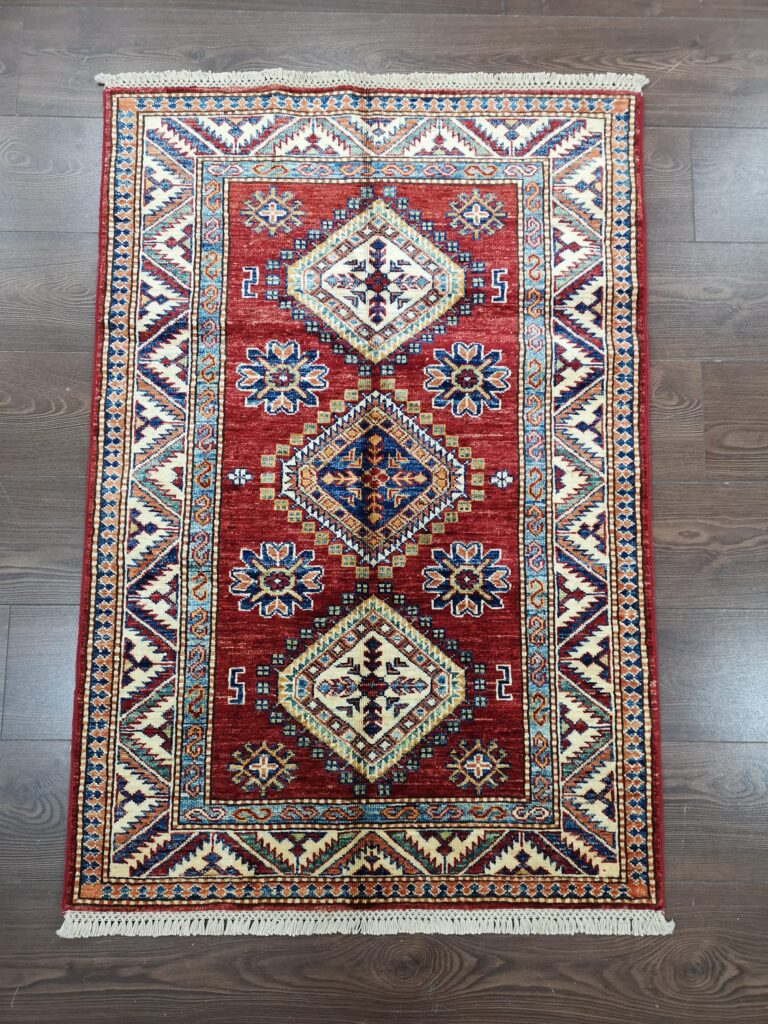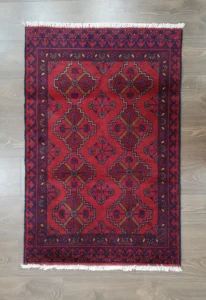
Chubi Rug (aka) Zeigler
The word Chubi with its various spelling and transliteration (Chubi, choobi, choubi,) is an attribution from the word “choob” or “Chub” with a long vowel of ”oo” or as it sounds in book.

Qazak – قزاق commonly known as Kazak in the western world, is a Caucasus rug by its design and pattern. The carpets coming from the Caucasus are of a simple nature, whereby the antique models have a higher quality than the modern ones. The reason for this is the material used. Whereas carpets in this region are still knotted from hand-spun wool treated with natural colours called vegetable dyed, however, today industrial spun wool is not uncommon.
A decisive date in Caucasian rug production is the year 1925. The rugs produced before this date can be divided into five groups: Dagestan, Qazaq (Kazak), Karabakh, Cuban and Shirvan rugs. In their patterns and related formal language, they resemble Persian-produced rugs. There are also other, but less well-known variations of Caucasian rugs.
Geometric-rectilinear forms are associated with playful elements. There are also reduced patterns from the animal world. While antique rugs from the Caucasus have a very good reputation, modern rugs are slowly regaining popularity. Especially the light blue tones of many Caucasian rugs are appreciated again.

The word Chubi with its various spelling and transliteration (Chubi, choobi, choubi,) is an attribution from the word “choob” or “Chub” with a long vowel of ”oo” or as it sounds in book.

The Baluchis بلۏچی live on the border district between Iran, Afghanistan and Pakistan. Baluchبلوچ is a generic term of nomads consisting of smaller tribes with varied origin.

Khamyab خامیاب Rugs are hand knotted mostly in the northern region of Afghanistan and part of Northern Pakistan.
Enter your email below to receive special offers, exclusive discounts and many more!
Copyright © 2024 All rights reserved – Shah’s